Sustainable Packaging or Just More Plastic?
The Hidden Realities Behind the Green Labels
Introduction
In the race toward environmental responsibility, sustainable packaging has emerged as a key buzzword. From “biodegradable” wrappers to “eco-friendly” containers, industries are rebranding to appeal to environmentally conscious consumers. But beneath the green labels and recycled logos lies a question few dare to ask: Are we truly adopting sustainable packaging, or just reinventing plastic in a more marketable form?
This blog explores the reality of the sustainable packaging industry, uncovering misleading practices, evaluating material alternatives, and identifying what real progress looks like in the pursuit of circular economy goals.
What is Sustainable Packaging?
Sustainable packaging refers to the development and use of packaging solutions that have minimal environmental impact and footprint. Characteristics of sustainable packaging include:
- Made from renewable or recycled source materials
- Designed for reuse or recycling
- Produced using low-impact manufacturing processes
- Safe for individuals and communities throughout its lifecycle
The Rise of “Green” Plastic
Ironically, many products marketed as “eco-friendly” are still plastic-based-often termed bioplastics, compostable plastics, or plant-based polymers. These materials, while derived from renewable sources like corn starch or sugarcane, often:
- Require industrial composting facilities unavailable in most regions
- Don’t degrade in the natural environment like true biodegradable materials
- Confuse consumers with complex disposal instructions
Greenwashing in the Packaging Industry
Greenwashing—the act of misleading consumers regarding the environmental practices of a company—has become rampant. Packaging labeled as “sustainable” often uses:
- A small percentage of recycled material
- Vague language like “natural” or “eco-safe”
- Non-certified claims with no third-party verification
This creates a false sense of environmental progress, allowing industries to profit while the packaging waste crisis continues.
Life Cycle Analysis (LCA): The Litmus Test
To truly understand the sustainability of a material, we must look beyond labels and marketing and conduct a Life Cycle Assessment (LCA). This involves evaluating:
- Raw material extraction
- Manufacturing energy use
- Transportation emissions
- Use-phase impacts
- End-of-life (disposal, recycling, landfill)
For example, a glass jar might seem more sustainable than a plastic one, but its higher energy demands for production and transport could result in a larger carbon footprint unless reused extensively.
Are Bio-Based Plastics the Solution?
Bio-based plastics like PLA (Polylactic Acid) are often touted as environmentally sound. However:
- PLA doesn’t degrade well in landfills or oceans
- It can contaminate recycling streams if not separated correctly
- The agricultural impact (fertilizers, land use) can offset its benefits
Some innovations-like seaweed packaging, mushroom-based materials, and paper composites-hold more promise due to their compostability and low environmental impact.
The Recycling Dilemma
Even the most sustainable-sounding packaging materials face a harsh reality: recycling infrastructure is fragmented and underfunded. Many materials are technically recyclable but:
- Lack proper collection systems
- Require specialized separation
- Are not economically viable to recycle
This makes closed-loop systems and extended producer responsibility (EPR) models essential to creating real change.
Industry Best Practices: What Real Sustainability Looks Like
Companies making authentic progress in sustainable packaging focus on:
- Material reduction (lightweighting, eliminating unnecessary layers)
- Mono-material designs for better recyclability
- Reusable packaging models (e.g., refill systems, returnable packaging)
- Transparent supply chains and third-party certifications (e.g., FSC, BPI, Cradle to Cradle)
How to Spot True Sustainable Packaging
When evaluating packaging solutions, ask:
- Is the material sourced from renewable or recycled resources?
- Is the packaging reusable, compostable, or truly recyclable in my region?
- Are sustainability claims backed by certifications or third-party verifications?
As an industry professional, pushing for clear standards, transparency, and innovation is the key to avoiding hollow solutions and driving genuine impact.
Conclusion: More Than a Label
The question isn’t just “Is this packaging sustainable?” but “How do we define and measure sustainability in packaging?” Without rigorous evaluation and a commitment to systemic change, today’s green labels may be little more than a distraction-just more plastic in disguise.
Let’s move beyond the surface and build packaging systems that are genuinely aligned with net-zero goals, climate action, and resource efficiency.
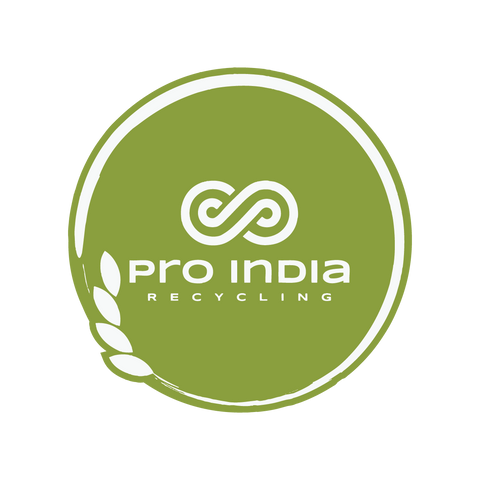
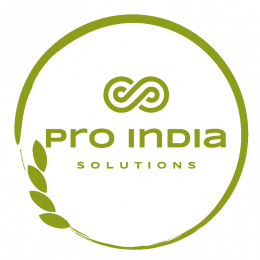
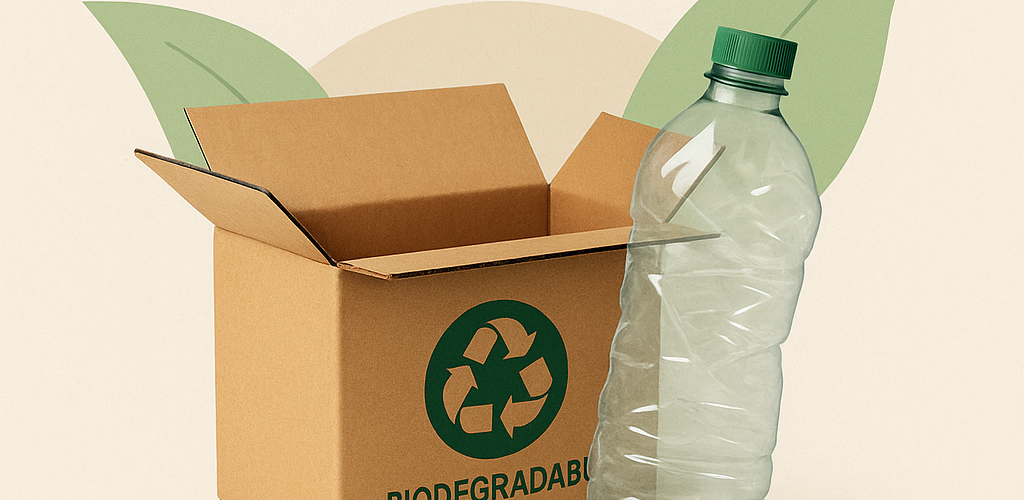
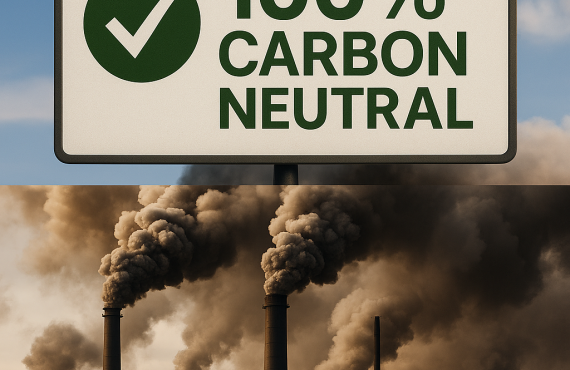
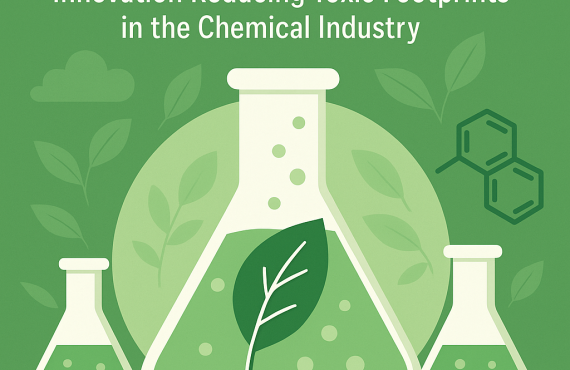


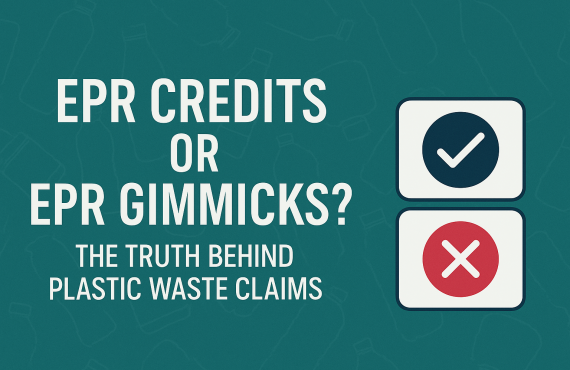
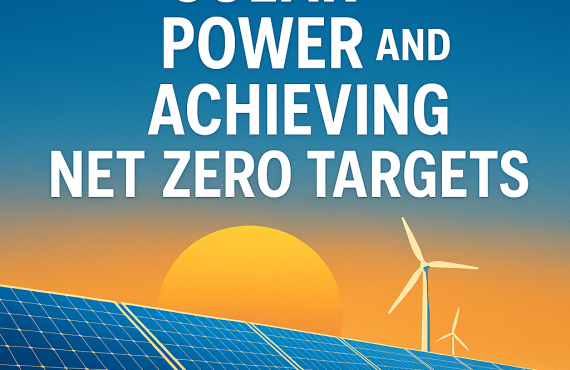
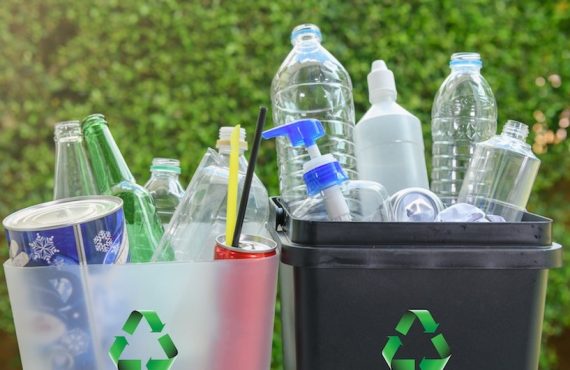
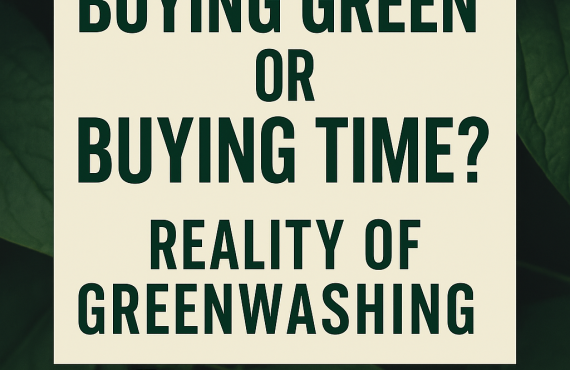
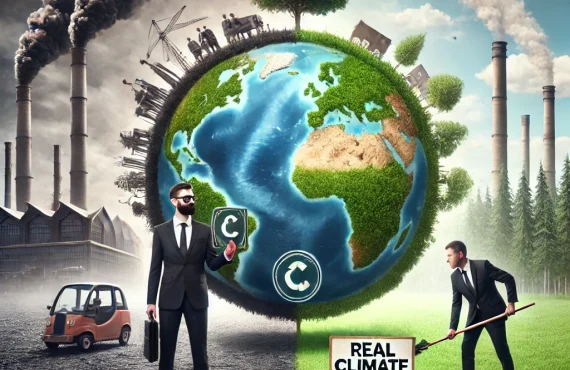
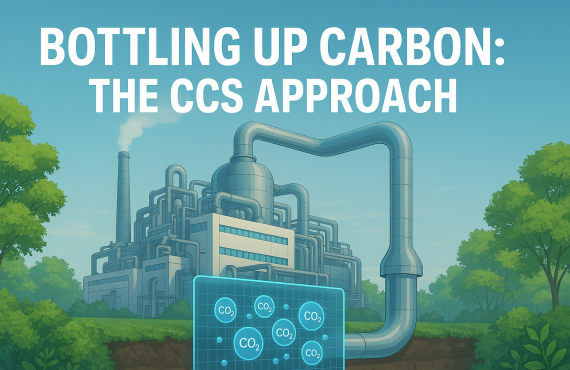
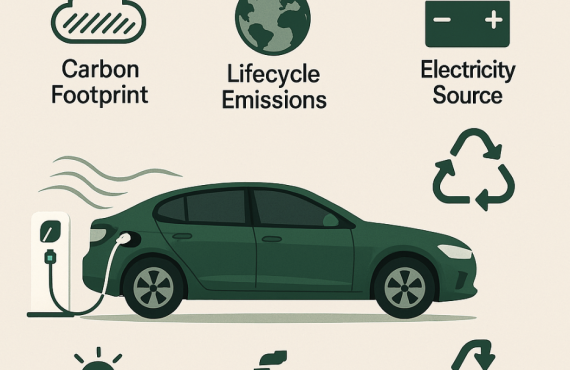
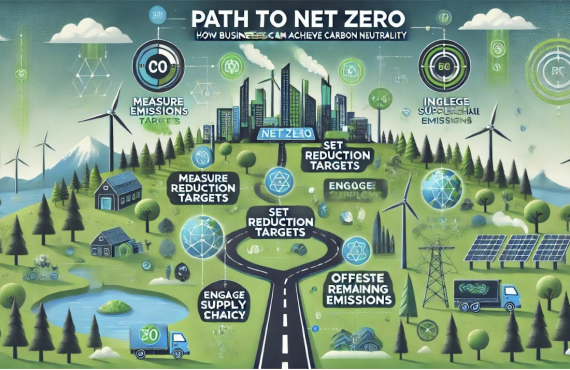
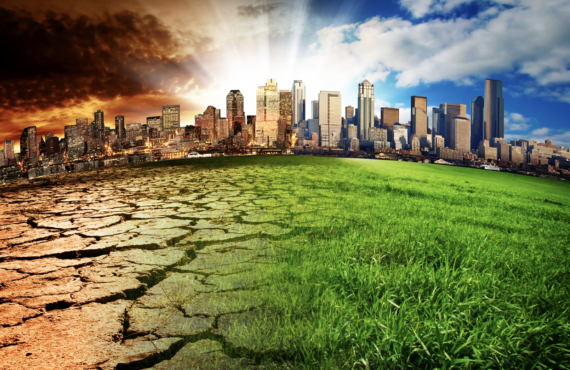
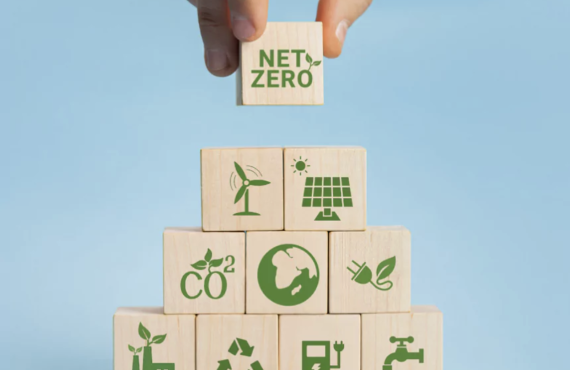
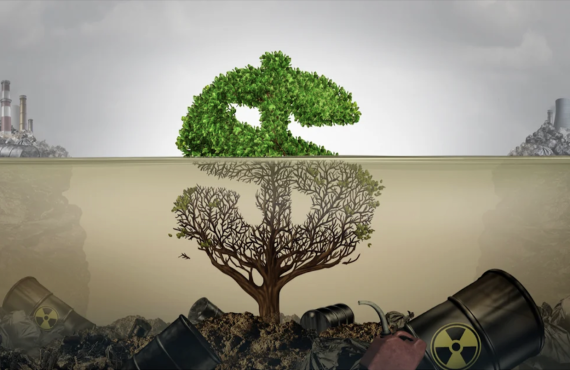
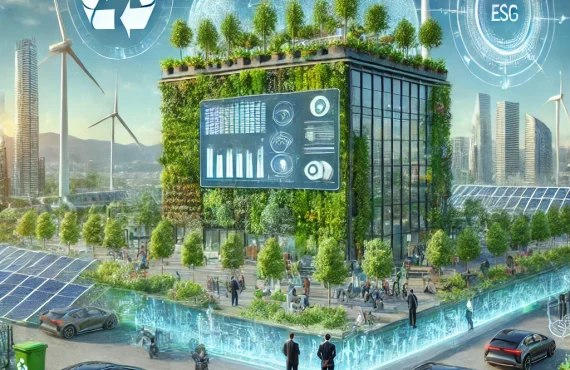
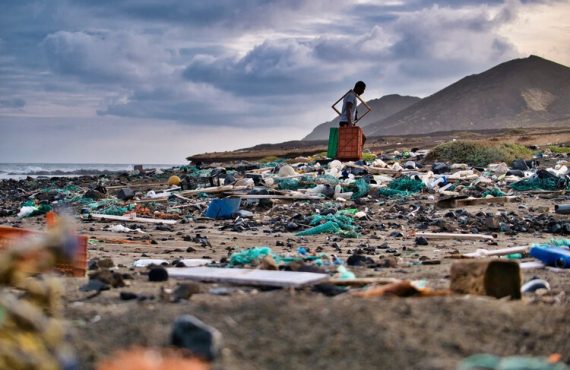
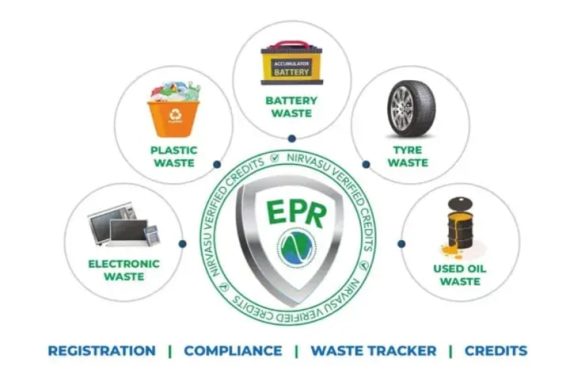
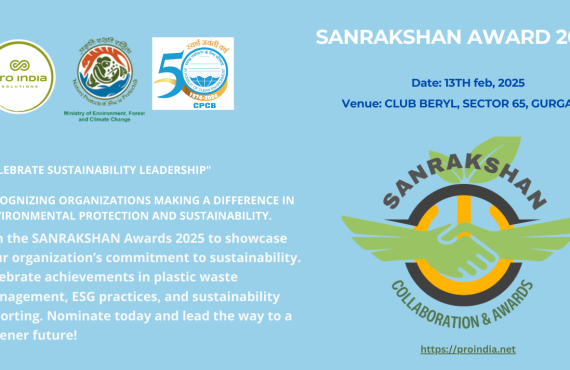
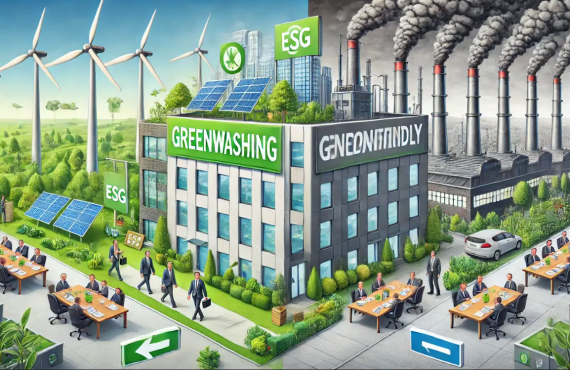
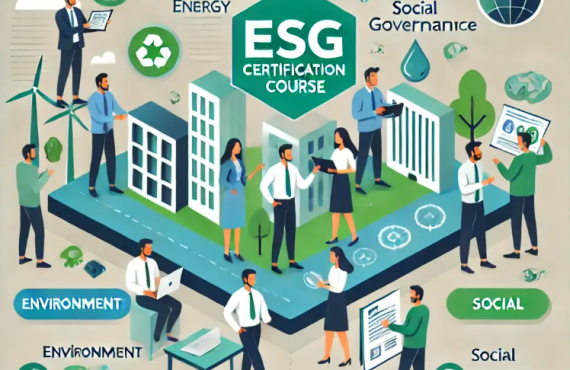

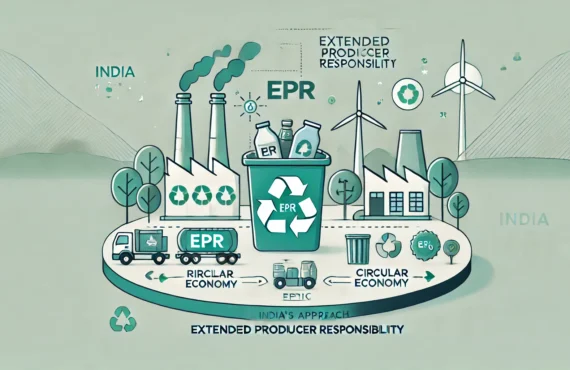
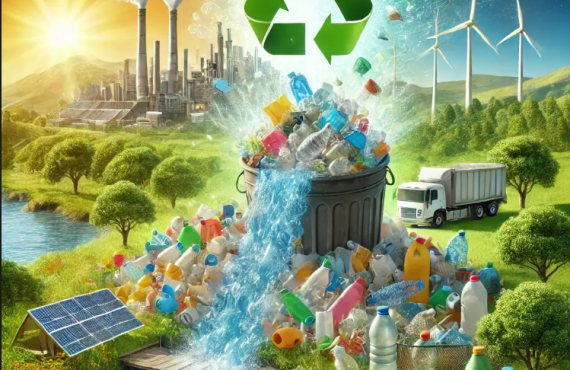
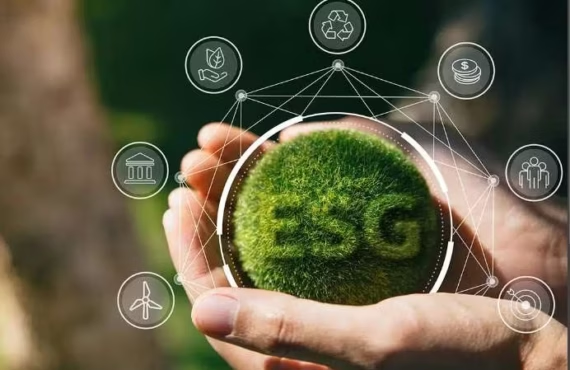
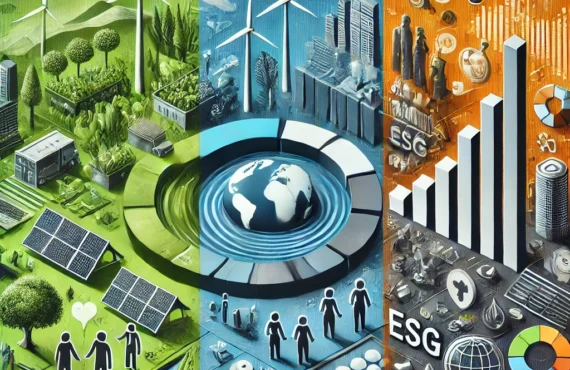
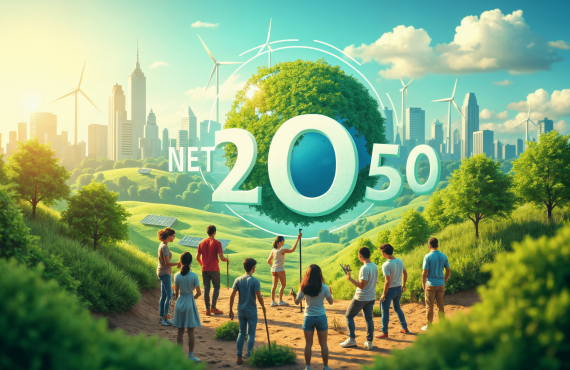
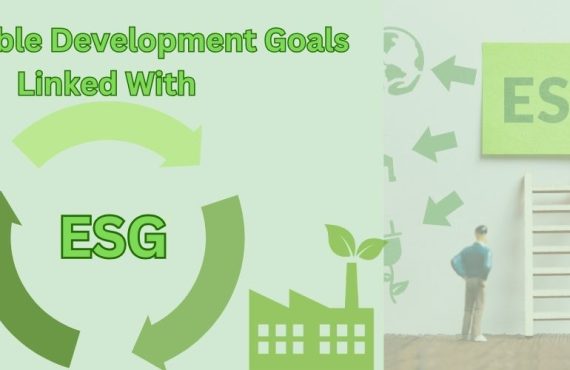
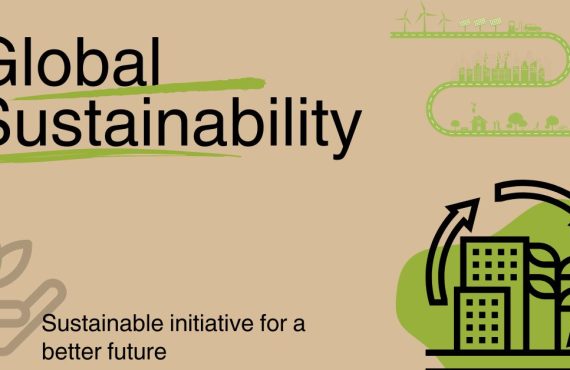
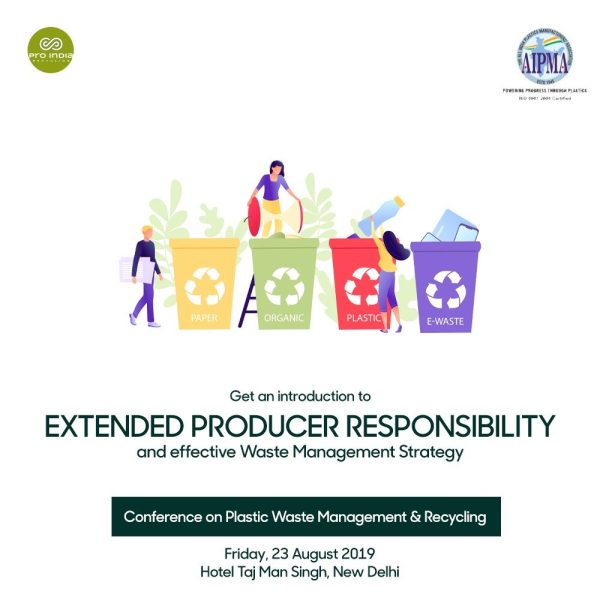
No comments yet.